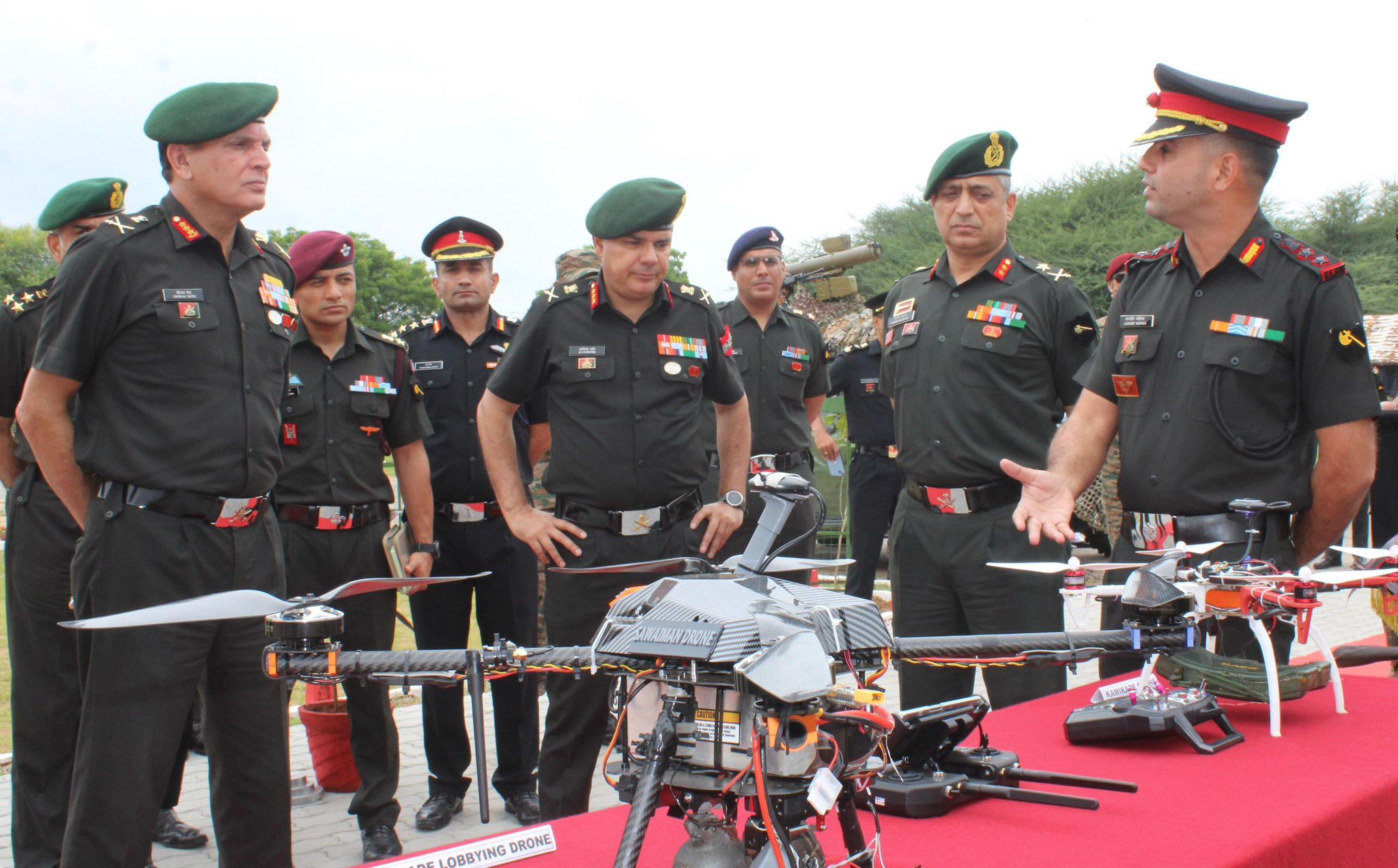India Slams US Over Tariff Threat, Defends Russian Oil Imports
India has issued a sharp rebuttal to fresh criticism from the United States and the European Union over its continued…
Indian Army’s Southern Command Highlights Tech Integration During Laungewala Brigade Visit
In a move underscoring the Indian Army’s focus on modernization and technological adaptation, Lieutenant General Dhiraj Seth, General Officer Commanding-in-Chief…
Indian Army Fact Check: Viral Claim About Drunk Army Officer Hitting 30 People in Nagpur Is False
A viral claim suggesting that a “drunk Army officer rammed a car into 30 people in Nagpur” has been found…
Armed Forces Deny Issuing Report on Pahalgam Attackers’ Identities
The Indian Armed Forces have firmly denied circulating or authoring any report detailing the identities and backgrounds of the terrorists…
Missing Army Nursing Assistant From Kerala Returns After 24 Days With No Memory
Farzeen Gafoor, a 28-year-old nursing assistant with the Armed Forces Medical College (AFMC) in Pune, who had been missing for…
Trump Threatens To “Substantially” Raise Tariffs On India Over Russian Oil
U.S. President Donald Trump has once again lashed out at India over its continued oil trade with Russia, warning of…






